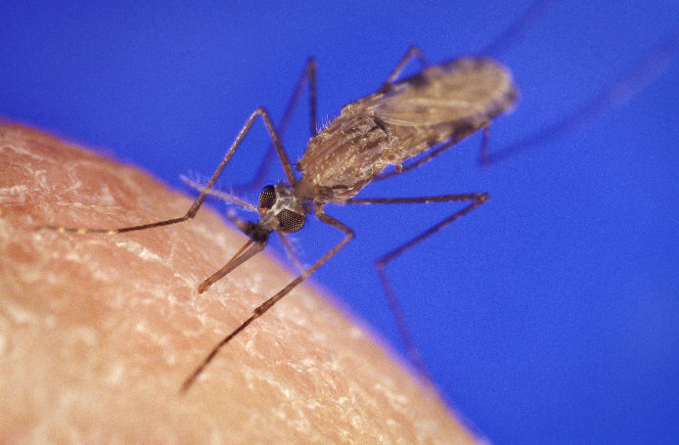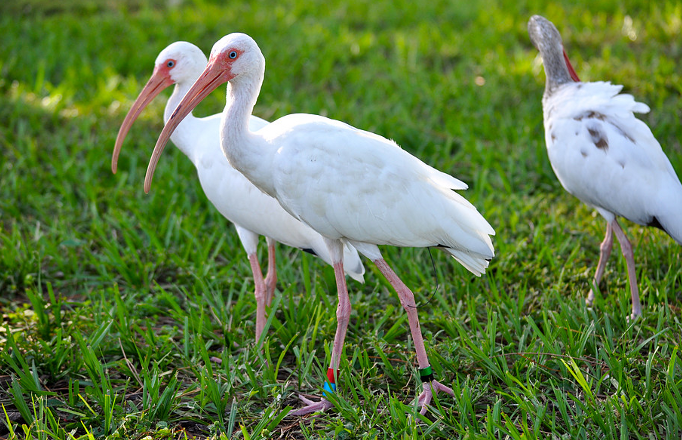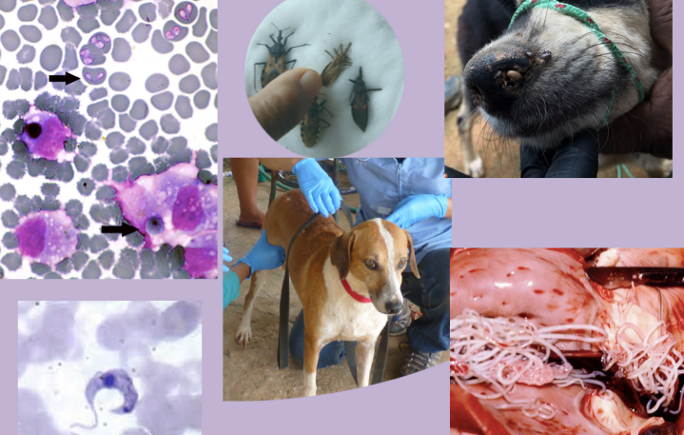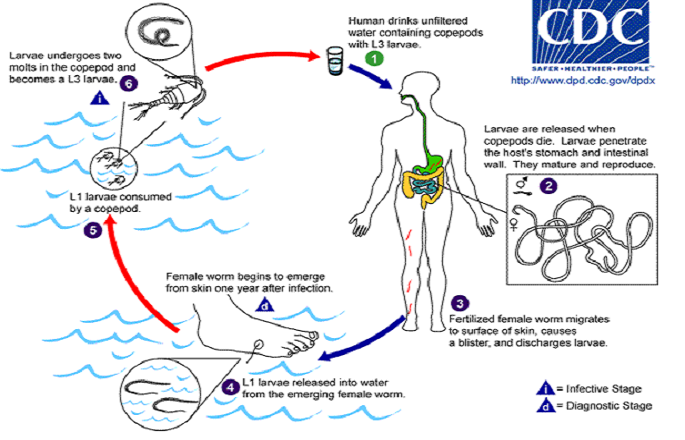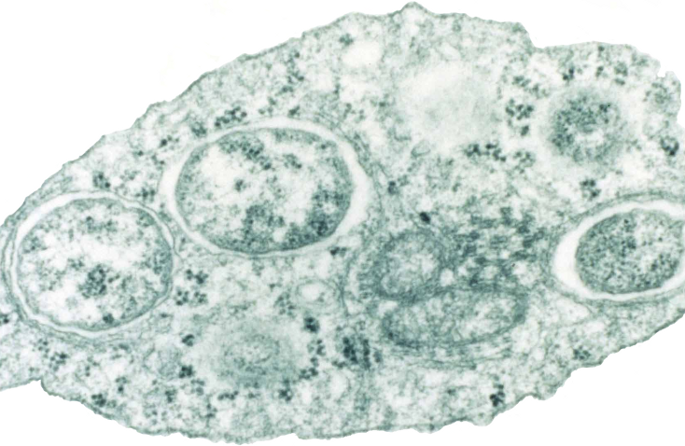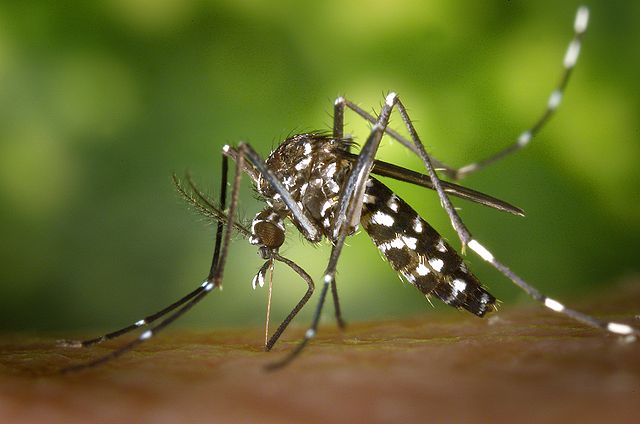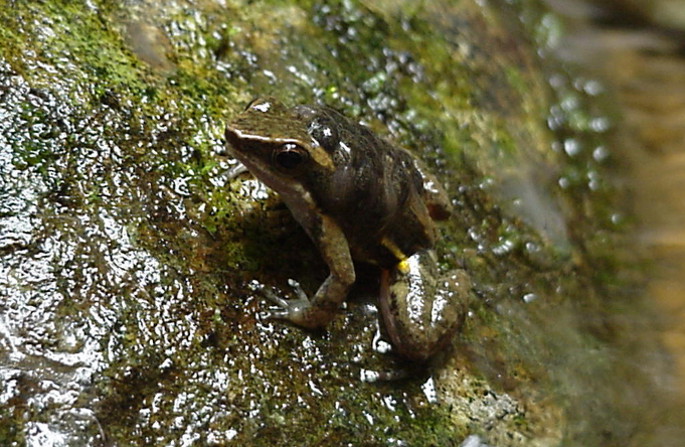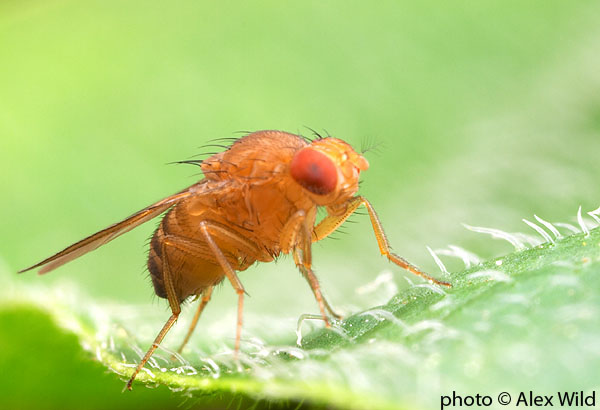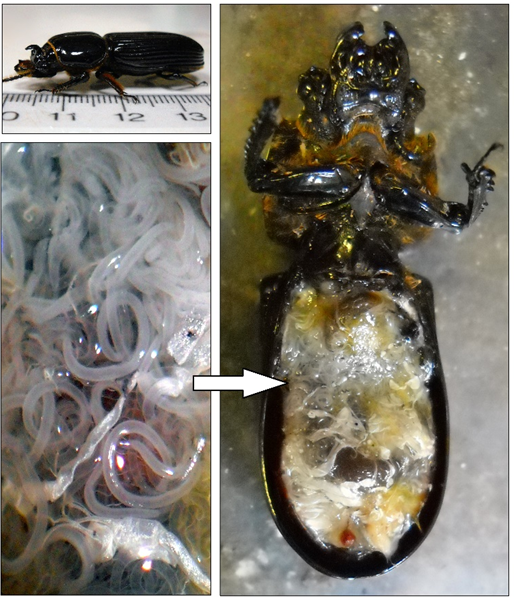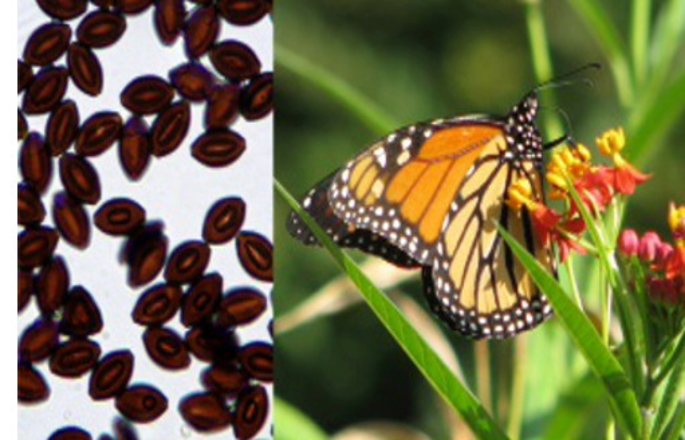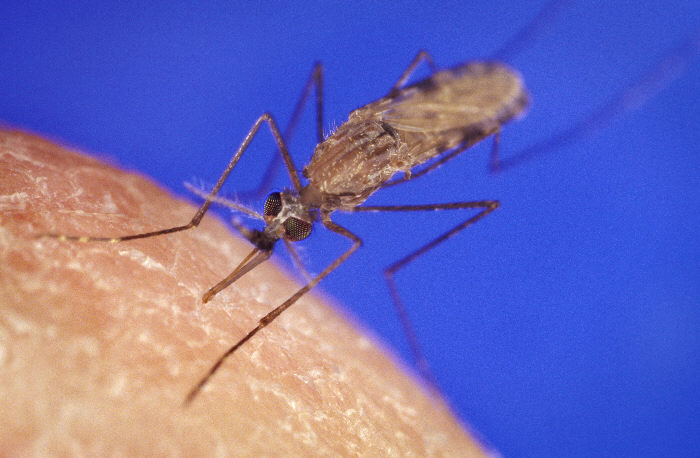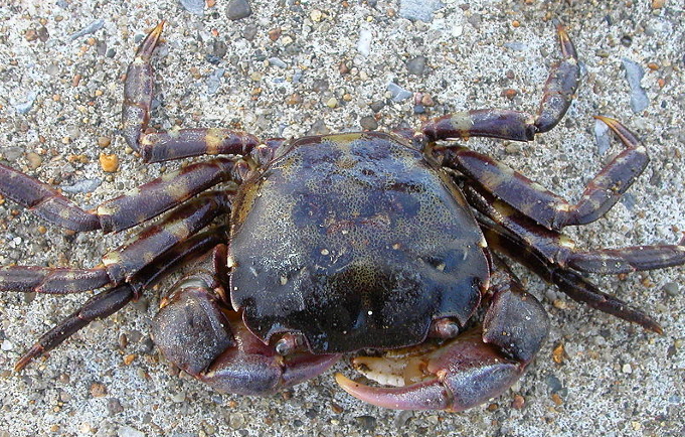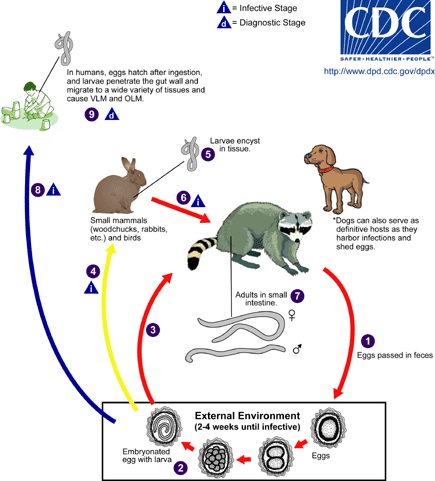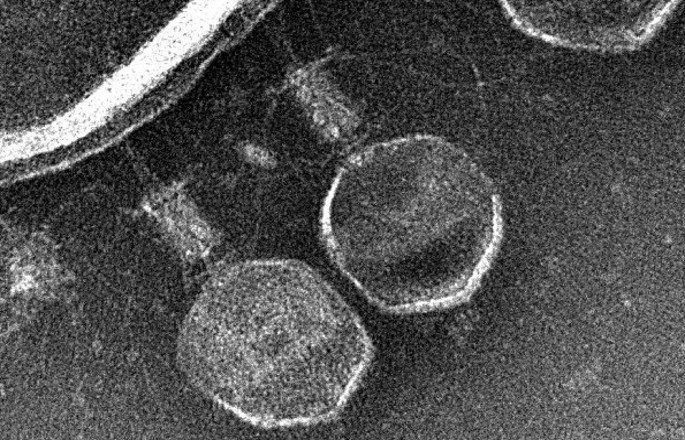The role of bacteria in mosquito development: a comparative study of distantly related species
Molly Hancuh, a student from University of Minnesota-Morris, worked with Bret Boyd and Ruby Harrison in the lab of Dr. Mike Strand to examine the role of bacteria in mosquito larval development. Abstract: The digestive tract of a mosquito is home to bacterial community that is essential for normal development (1). In the larval stages,

